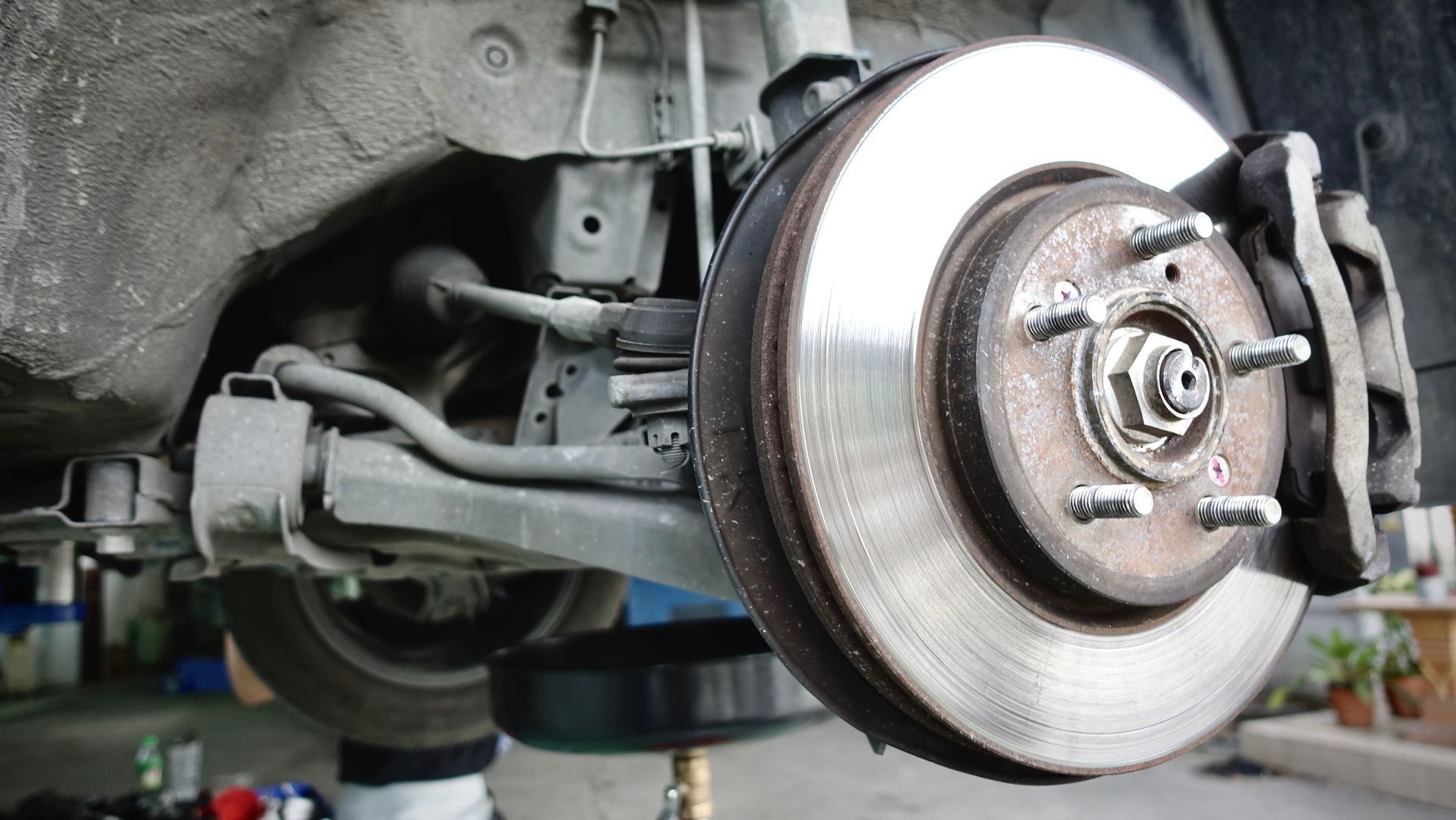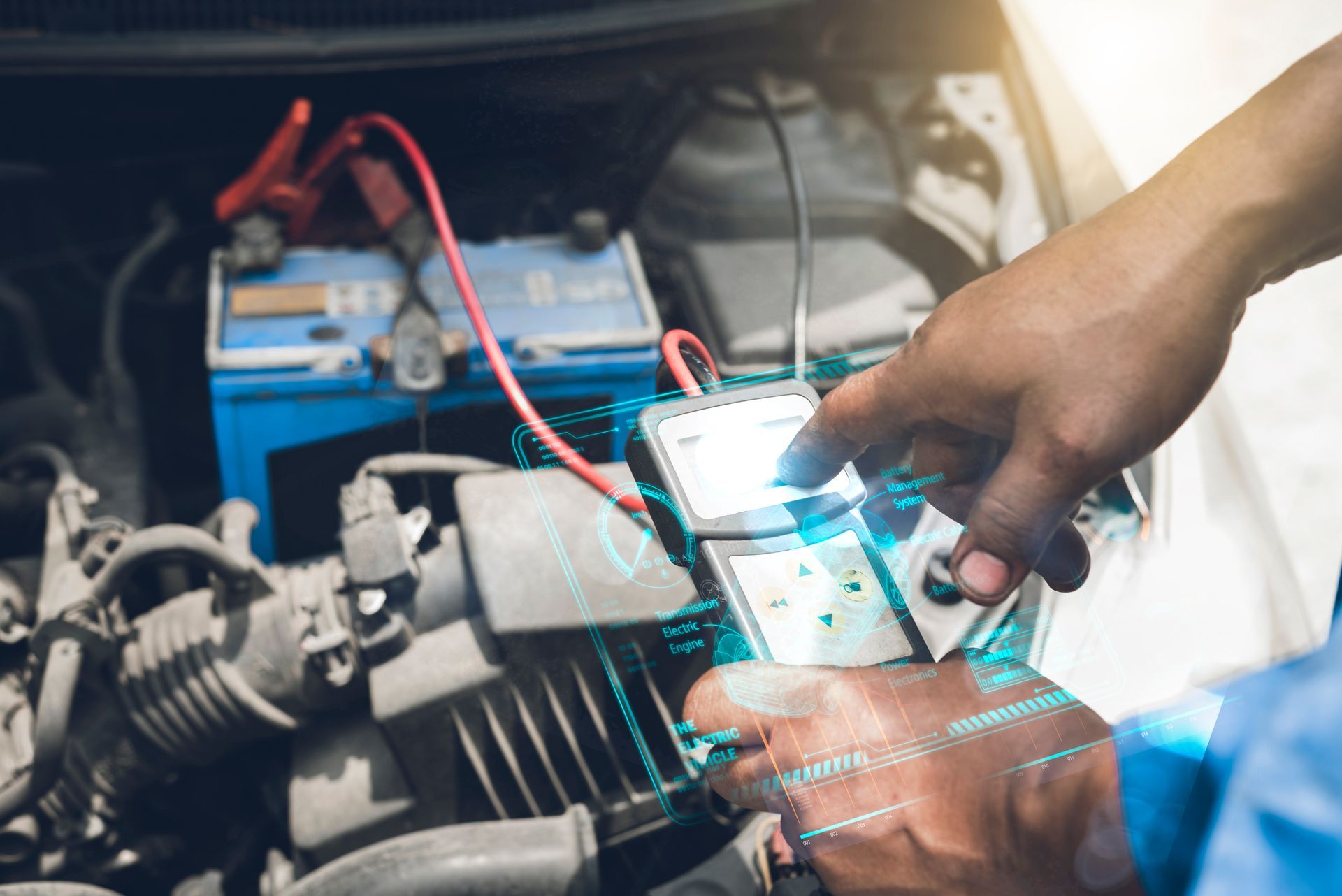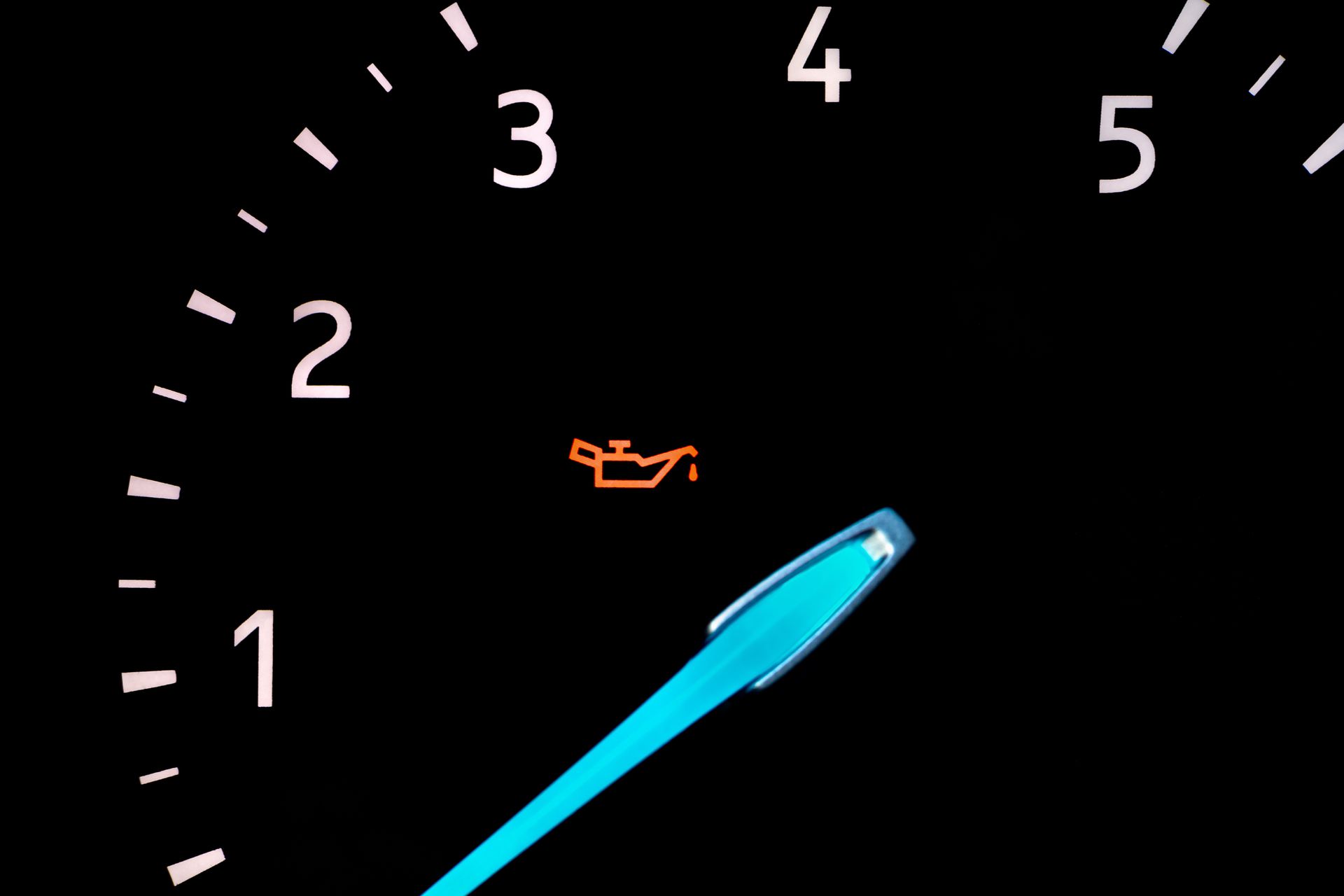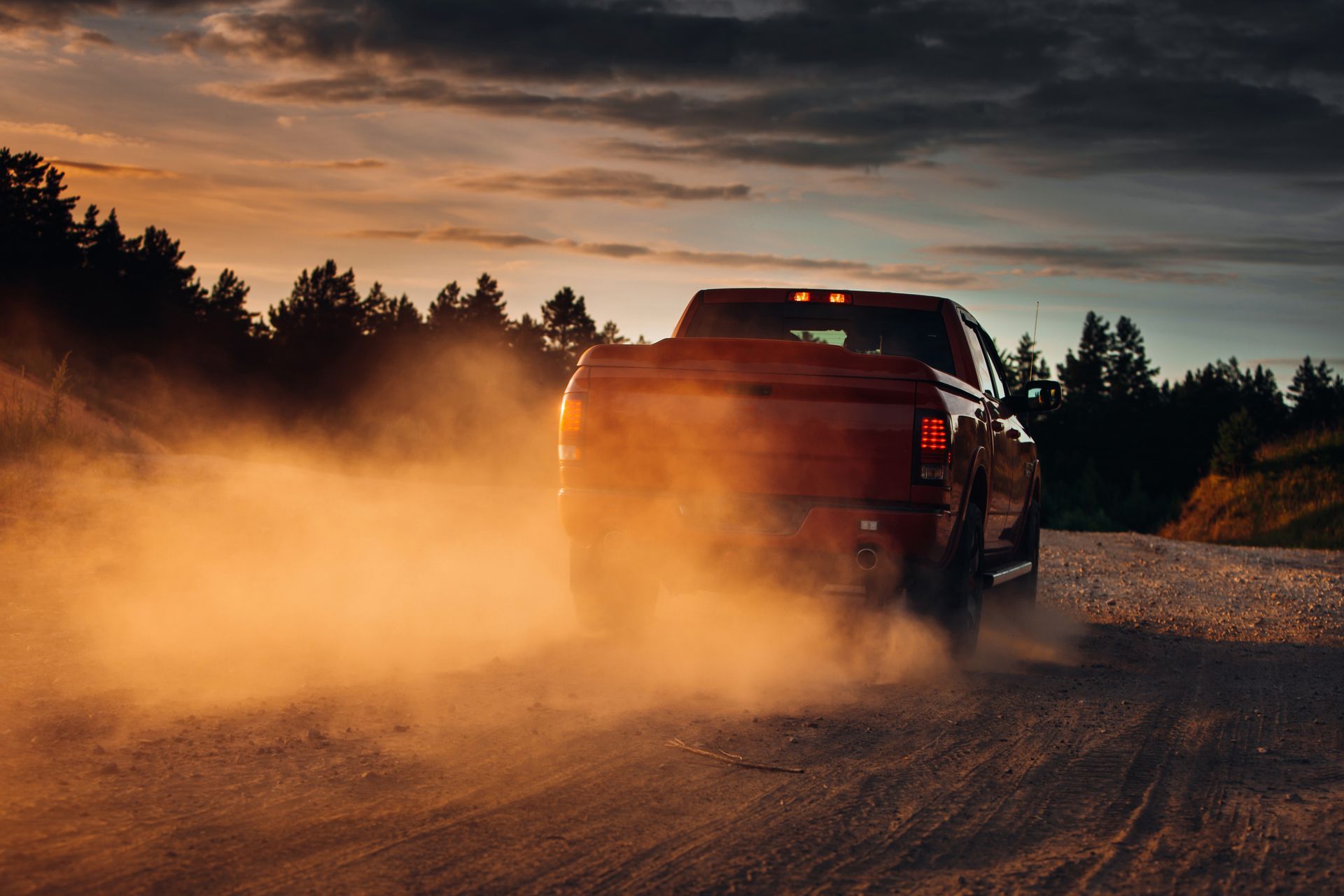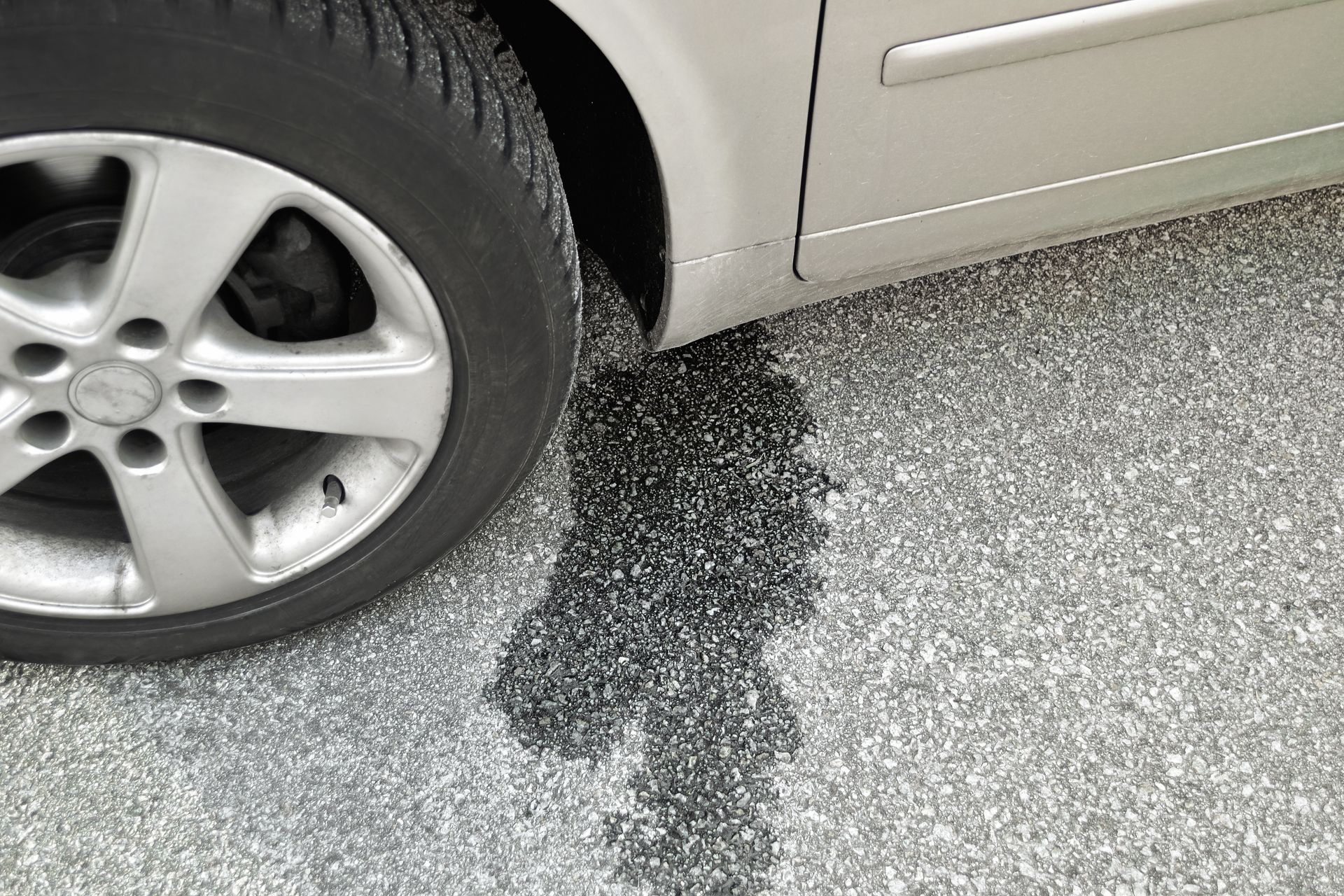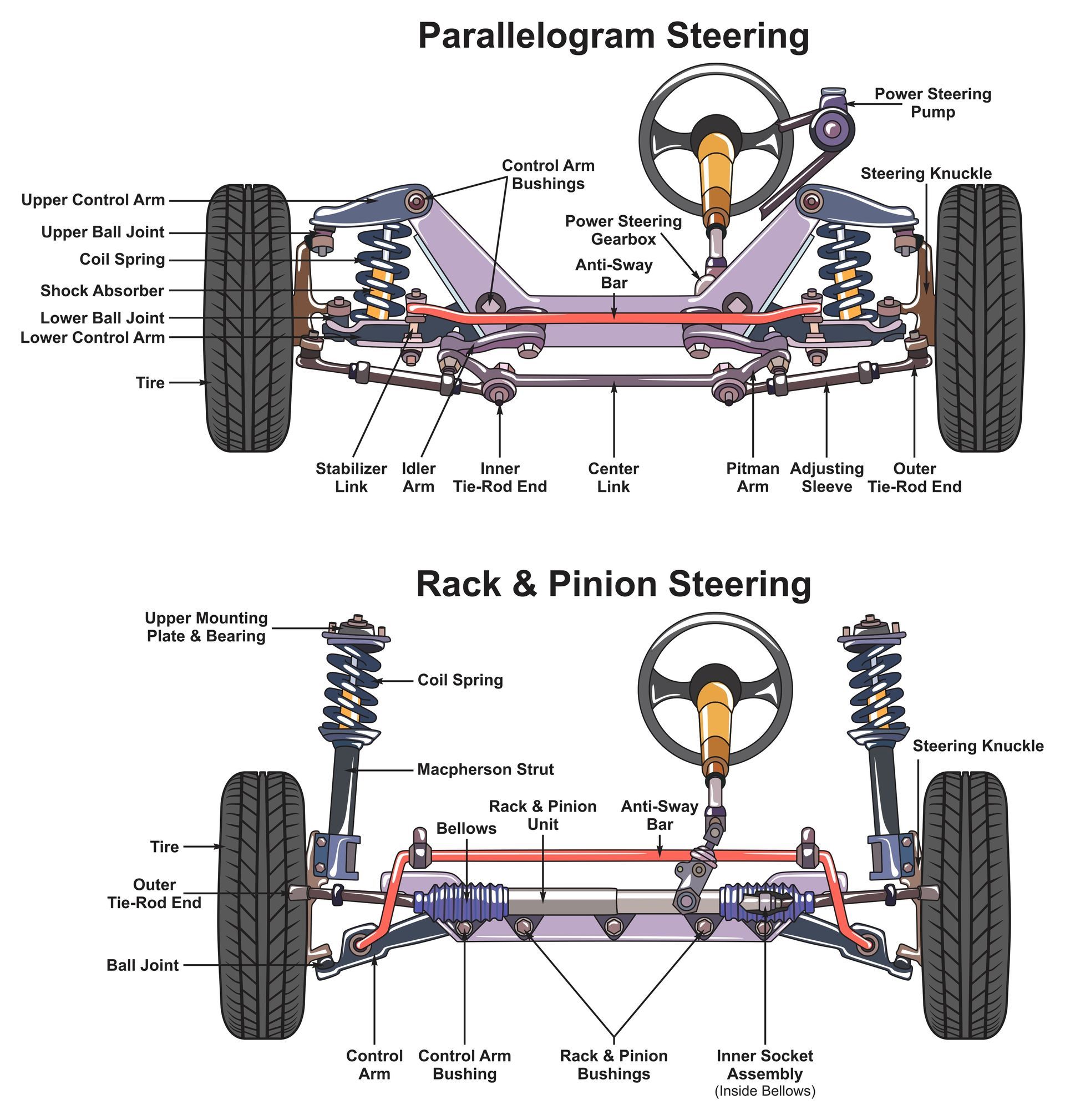Life's journey often throws unexpected detours our way. One such thing is a sudden rhythmic hum of your tires, interrupted by a disheartening thud. The flat tire dilemma.
In this moment, it's not just rubber that's deflated; it's also the anticipation of reaching your destination on time. Fear not; mastering the art of changing a tire is a skill every driver should possess. Let's embark on a simple guide that transforms the daunting task into an easily understandable and empowering experience.
Step 1: Find a Safe Place
The first rule of tire-changing is safety. When you sense the unwelcome drag of a flat tire, calmly steer your vehicle to a safe location away from traffic. Turn on your hazard lights, signaling to fellow road travelers that a brief pit stop is in progress. Ensure your car is parked on a level surface to prevent any unintended rolls.
Step 2: Gather Your Arsenal
Before diving into the tire-changing process, assemble your tools. Open the trunk and locate the spare tire, jack, and lug wrench. Familiarize yourself with these essential components, as they are your allies in this roadside endeavor. If your vehicle is equipped with wheel wedges, use them to secure the tires on the opposite end of the flat.
Step 3: Loosen the Lug Nuts
With your arsenal in hand, it's time to address the flat tire. Begin by using the lug wrench to loosen the lug nuts slightly, but don't remove them just yet. This preliminary action makes it easier to complete the task once the vehicle is lifted. Remember, it's an act of loosening, not unscrewing completely – a gentle introduction to the chore at hand.
Step 4: Elevate Your Ride
Now, it's time to elevate your vehicle gracefully. Locate the designated jacking points on your car, often found near the wheels. Slide the jack beneath the car, ensuring it makes firm contact. Begin cranking the jack and lifting the vehicle until the flat tire is slightly off the ground. This allows ample space to complete the tire-changing ritual.
Step 5: Off with the Old, On with the Spare
With your vehicle elevated, it's time for the grand "switcheroo." Unscrew the previously loosened lug nuts and carefully remove the flat tire. Align the holes in the spare tire with the bolts and hand-tighten the lug nuts to secure it in place.
Step 6: Lower and Tighten
Once the spare tire is snugly in place, gently lower your vehicle using the jack. Once the wheels make contact with the ground, use the lug wrench to fully tighten the lug nuts. Remember, it's not about strength but a methodical tightening to ensure the spare tire sits securely on your vehicle.
Step 7: Pack Up and Roll On
With the spare tire firmly affixed, pack away your tools and the deflated tire in the trunk. Before hitting the road, make a mental note to visit a tire professional to repair or replace the flat tire at your earliest convenience.
Having trouble with this small DIY project? The team at
Kwik Kar Auto Repair is more than ready to help out! Just give us a call, and we will get you scheduled for an appointment.
